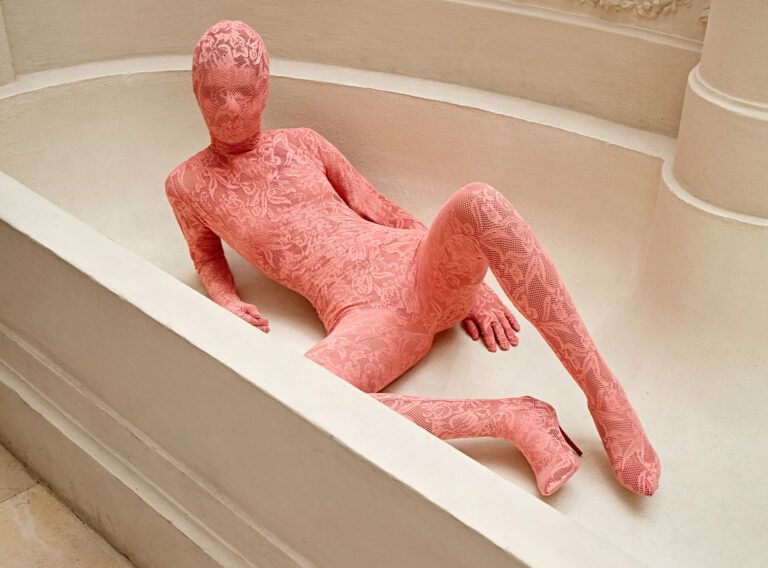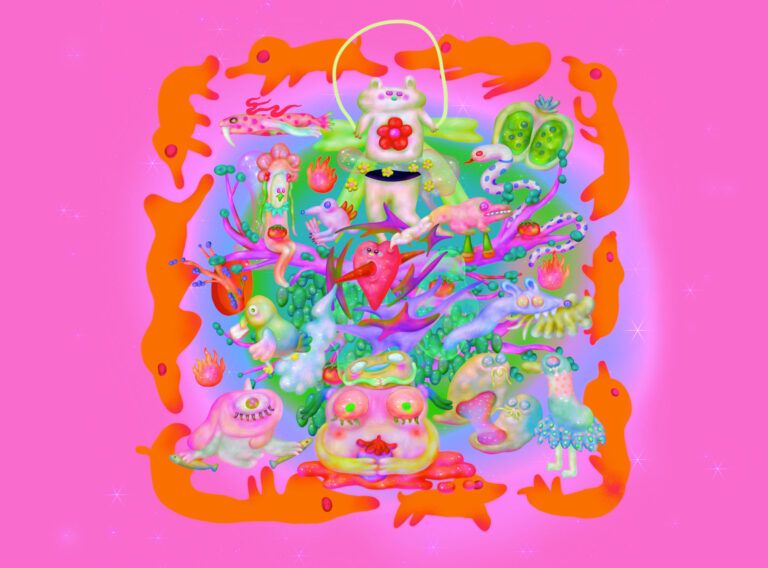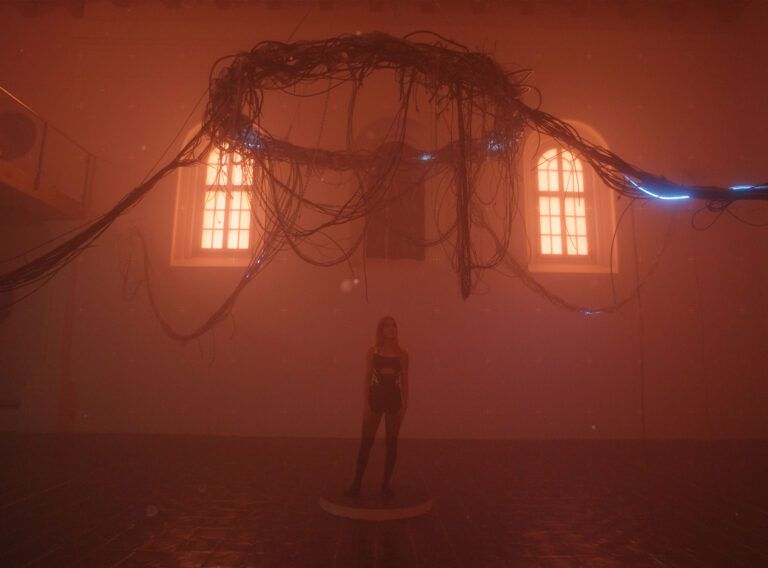How would you describe the process of creating your artworks?
Usually, it’s really fast. I have a kind of vision about the image I want to create and the only thing I need is to find a moment to sit down with the computer and just get it out. My current favourites from the technical point of view are Photoshop, Blender, Clo3D and ZBrush. I really enjoy deforming or moulding things digitally. It feels like trying to get somewhere further than the object or being about to discover its true nature by looking for the shape that would “speak” to you. I think deforming can be quite therapeutic, too: sometimes, it feels similar to smashing those anti-stress pillows you can buy in a souvenir store. I wonder why I still don’t have one. (laughter)


I’m usually in search of that dynamic and exaggerated grotesque look, enhanced even more by bright colours and volume. I like to use animal shapes, their expressiveness, and also their relation to pop culture. Colour is very important: my images would look really plain to me without it. The truth is I’ve always been inspired by fluid forms and liquid-like textures: for me, it is about one thing mutating into another and being in a constant change, never static. You can play with it for hours and always discover something new – a great potential, like digital ceramics! One day, I want to materialise them in sculpted real-life objects, they would definitely gain some visual power.

Why do you quite often choose animals as the main heroes of your artworks?
I don’t have a clear answer to that, but here is a little childhood story. When I was a little kid growing up in Minsk, we used to play a game we called “Cats”. The main characters were cats and owls made out of plasticine. They had cute little ears and were living in a forest with other things also made of plasticine: trees, flowers, houses, food, cakes, books. They had pretty much everything you could imagine made out of that material. All types of adventures happened to the animals. It was fun to play but also tricky as it was very hard to keep them from deforming. We had two different types of plasticine: the hard one with slightly ugly colours and the soft one with a cool colour palette. The latter was considered bad because it would melt in your small warm fingers so fast you couldn’t really finish anything as it would deform. Probably, this made me understand that things were quite ephemeral and that they could also seem alive in your hands. If this sounds good to you, then welcome to my world!



Are there any particular stories behind the animals you portray?
Behind them are hours and hours spent on the internet watching cute dog, cat, and other animal videos.


Are you currently preparing any exhibitions or projects we can look forward to?
I just got an invite to the foundation.app and I’ve been trying to figure it out for me. I’m also thinking of working with the platform called aura.nft. But the truth is, the whole NFT thing creates confusion for me: bubbling with cryptocurrency, which is not that good for the environment. I would like to have it more clear, probably a good old school real-life show would be better than a new Metaverse adventure? For the future, I have in mind creating some VR sculptures and to finally translate my artworks into sculpted real-life objects.

As per our current theme “Who Let the Dogs Out”, what animal would you like to have as a lifetime companion?
Real dogs are the best!




